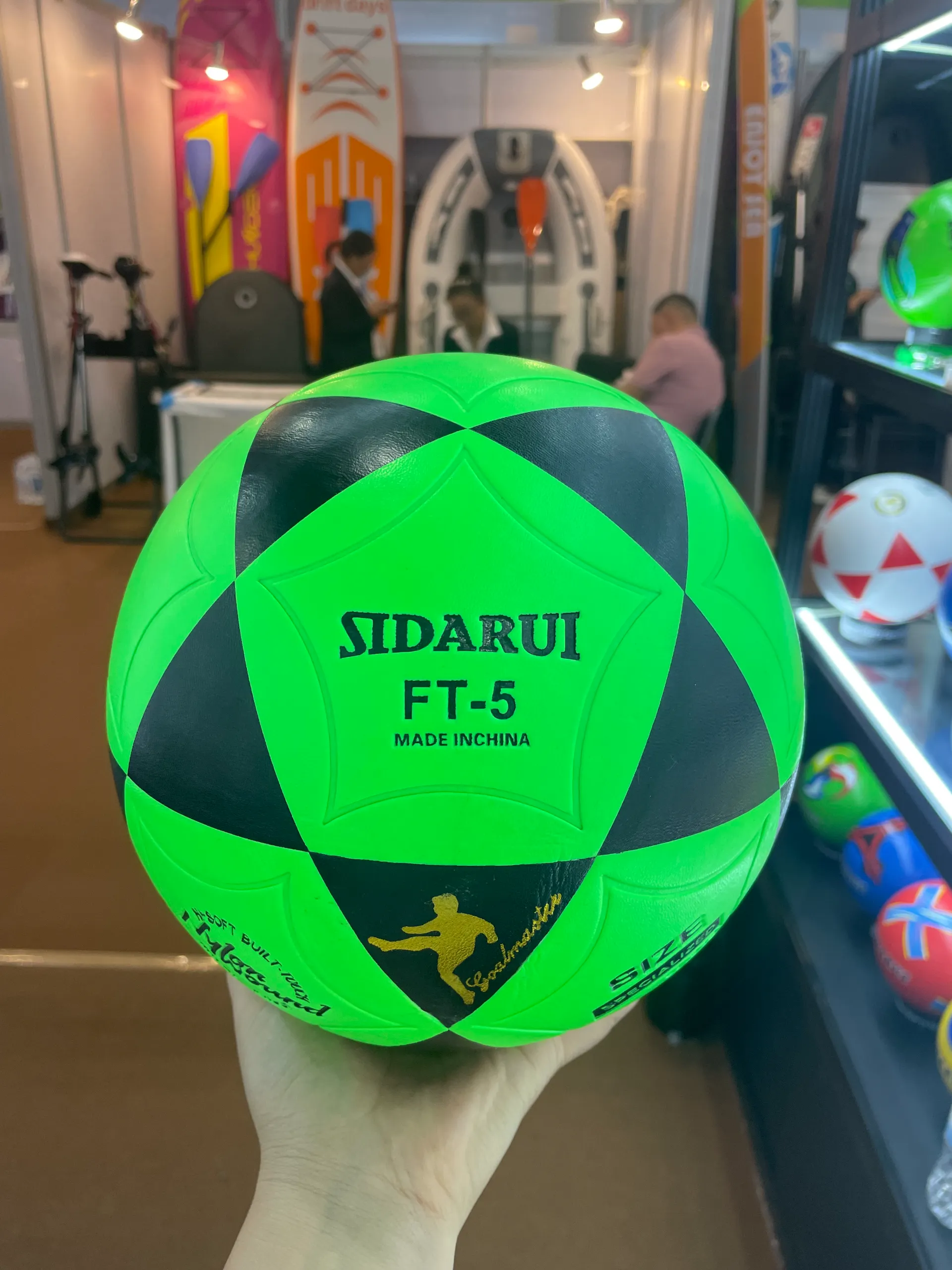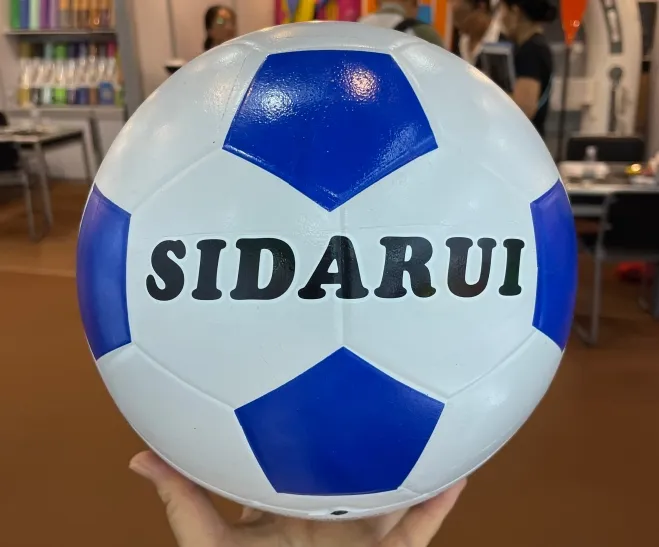Volleyball stands as one of the most dynamic and physically demanding sports, requiring precision, athleticism, and teamwork. An often overlooked aspect critical to success in volleyball is the precise measurement of the equipment used and the players' performance. Understanding these measurements can significantly enhance both the player's and team's competitive edge, ensuring both safety and optimal performance.

In volleyball, the regulation of equipment measurement is pivotal. A standard volleyball net must be precisely 2.43 meters (7 feet 11 5/8 inches) high for men's competitions and 2.24 meters (7 feet 4 1/8 inches) for women's competitions. Ensuring the net is at the correct height is vital for maintaining the fairness and regulation of the game, providing both teams with equal opportunity in offensive and defensive maneuvers.
Moreover, the ball used in volleyball is equally subject to stringent measurements. A regulation volleyball must have a circumference of 65-67 centimeters (approximately 25.6-26.4 inches) and a weight of 260-280 grams (approximately 9.2-9.9 ounces). The internal air pressure of the ball should be between 0.30 and 0.325 kg/cm² (approximately 4.3-4.6 psi). Understanding and adhering to these measurements are essential for consistency during play, affecting both the flight and bounce of the ball. Players, coaches, and equipment managers should regularly check these specifications to ensure compliance with both practice and competitive standards.

The court size is another crucial component where precise measurement comes into play. A standard volleyball court measures 18 meters (59 feet) long and 9 meters (29.5 feet) wide. Each half of the court is a square, with an attack line drawn 3 meters (approximately 9.84 feet) from the net. These measurements ensure there is enough space for players to engage fully in the game, utilizing tactics that involve precise positioning and strategic movement. The court dimensions directly influence the strategy and formation a team may employ, and any deviation can unfairly advantage or disadvantage a team.
Performance measurement of players is another critical aspect, often involving advanced technology and methodology. In recent years, the use of wearable technology such as accelerometers and gyroscopes has revolutionized how performance is measured. These devices can monitor various metrics, such as jump height, speed, and movement patterns, providing coaches with detailed insights into a player's performance. By analyzing this data, coaches can tailor training programs to improve specific skills, reduce injury risk, and enhance overall athletic performance.
measurement of volleyball
Additionally, video analysis software enables coaches and analysts to dissect game footage, offering insights into team dynamics and individual player contributions. These tools allow for the measurement of parameters like spike speed, serve accuracy, and block effectiveness. Video analysis helps in identifying areas of improvement and crafting strategies that align with the team's strengths and weaknesses.
Perhaps the most important measurement of all is the ongoing assessment of skill development and physical conditioning, which requires a combination of qualitative and quantitative methods. Regular fitness tests, such as agility drills and endurance exercises, provide measurable data that can guide training regimens. Skill assessments, performed through drills and game scenarios, allow coaches to evaluate progress in areas such as serving, setting, blocking, and spiking.
In sum, the measurement in volleyball extends far beyond the physical dimensions of equipment and play spaces; it includes the detailed scrutiny of player performance and development. Precision in these measurements enhances the experience of the game, elevating the level of play while ensuring fair competition and player safety. For players and teams aspiring to reach their fullest potential, understanding and implementing accurate measurement practices is indispensable. These practices thus establish a solid foundation for success in volleyball, underscoring the game's demands for both precision and strategic finesse.
Ensuring adherence to these meticulous standards establishes the trustworthiness of coaches and teams, as performing within these parameters is indicative of a commitment to professionalism and competitive integrity. Athletes, coaches, and equipment providers who prioritize precise measurement across all realms of the sport foster an environment of reliability and excellence, setting a benchmark in the world of volleyball.













